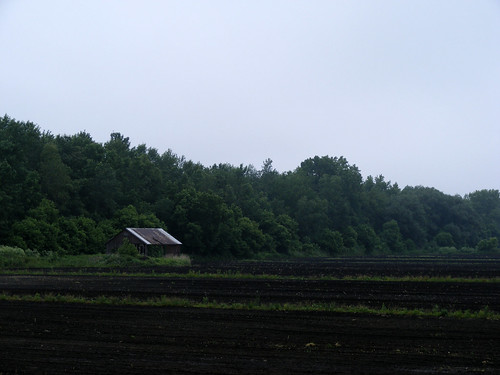The description of Ridge Road has changed little since the time it was originally created. The older road heads westward and uphill, flattens out for a short while, and then there's a gradual downward sloping hill, still heading west, until you reach a dead end. Early on, those who lived on the Ridge were English families from the New England region but, in time, German families moved in and began to own the homes and farms on the road. They made great success and were comfortable in the community. Some of the homes of these German families still stand on Ridge Road, though the acres of farmland that used to accompany many of them have long been sold to other farms and farmers.
During the times of widespread farming though, farmers grew all sorts of crops. Which included corn, apples, potatoes, buckwheat, beans, wheat, barley, and oats, among other crops. Some even raised chickens and two families ran small dairy farms. When the mucks were drained in 1915, it provided even more land, and rich soil, for other crops. Including one that Elba is best known for, onions. When the 1920s came around, Polish families began to buy up a few of the farms on Ridge Road and they too became a part of the community. Italians also moved into the town in the 1920s and although most of them enjoyed living in the village, a small number of the families also bought farms.
Even today, families move to Elba and some of their family members work on the farms and add to the richness of the town's culture and history.


